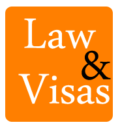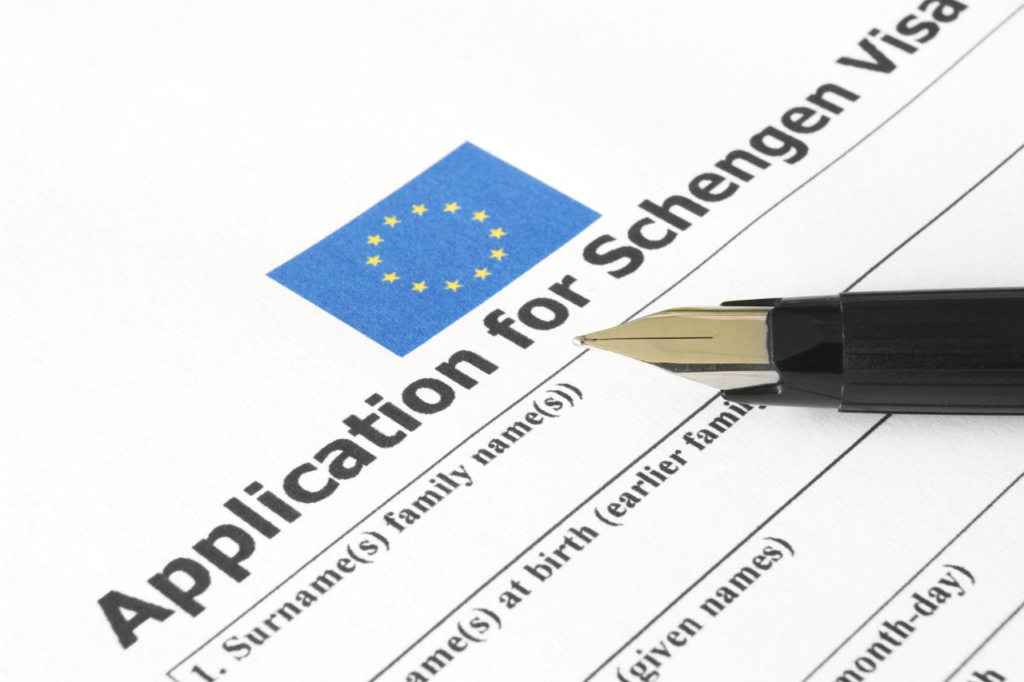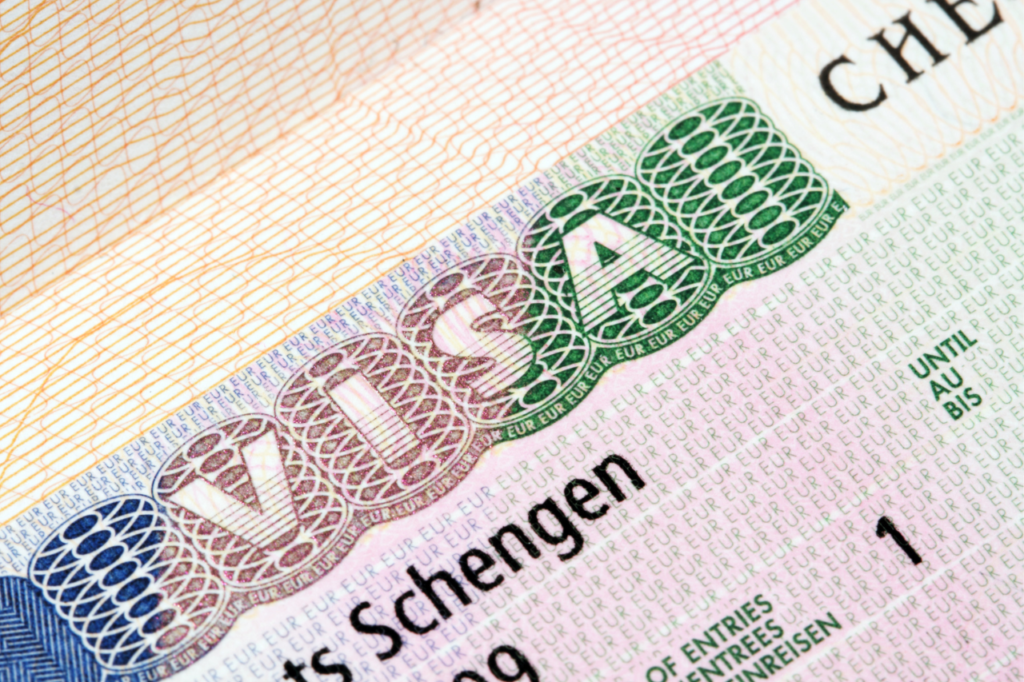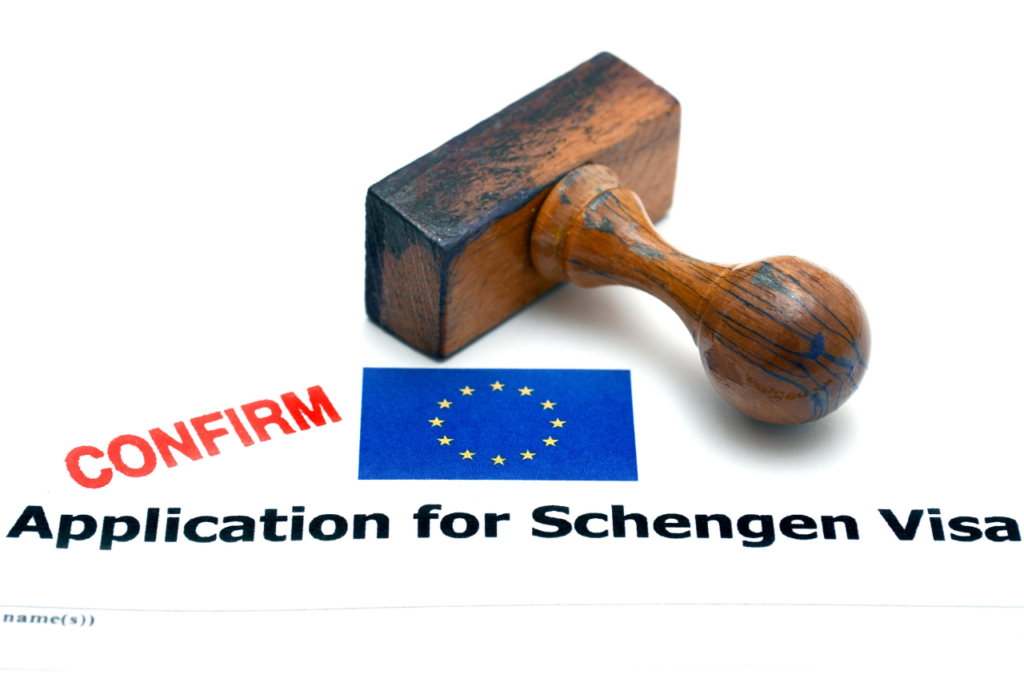The cost of a Schengen visa will rise in June 2024. The fee for adults will increase from €80 to €90, while the fee for children will go up from €40 to €45. This change will take effect on June 11, 2024. The European Commission justified the increase, noting that Schengen visa fees are still relatively low compared to those of other countries, such as the UK (€134) and the U.S. (€185).
What is the Schengen Visa
A Schengen visa allows non-EU citizens from countries not benefiting from the EU’s visa-free 90-day rule to visit any of the 28 Schengen countries for tourism or family visits (up to 90 days in six months). The visa does not permit work. Citizens from countries like the U.S., Canada, the UK, and Australia can visit the Schengen Area without a visa for short stays (up to 90 days within 180 days).
Reasons for the Fee Increase
The European Commission reviews Schengen visa fees every three years and adjusts them based on factors like inflation and the average salary of civil servants in Schengen member states. Most member states approved the recent proposal for the increase in December 2023.
Schengen Visa Extension Fee
While the basic visa fee is going up, the cost of extending a Schengen visa will remain €30.
New Visa Fees Breakdown
The recent changes in visa fees, particularly for the Schengen Area, reflect an adjustment in the cost structure aimed at addressing inflation and administrative expenses. As of June 11, 2024, the Schengen visa fees have increased, impacting various visa categories.
Comparison of Old Fee Structure to the New One
The previous fee structure was as follows:
- Adults (12 years and older): €80
- Children (6-12 years): €40
- Children (under 6 years): Free
The updated fee structure is:
- Adults (12 years and older): €90
- Children (6-12 years): €45
- Children (under 6 years): Free
This change represents a 12.5% increase for adults and a 12.5% increase for children aged 6 to 12. The fee for children under six remains unchanged.
Costs for Different Visa Categories
- Short-Stay Visas: The new fee of €90 applies to all short-stay visas, which allow travelers to stay in the Schengen Area for up to 90 days within a 180-day period.
- Long-Stay Visas: Fees for long-stay visas may vary by country and purpose but typically range from €100 to €200 depending on the specific requirements set by individual Schengen countries.
- Student Visas: Student visa fees generally align with long-stay visa fees but may include additional costs for processing or service fees.
Additional Fees
- Service Fees: In addition to the visa application fees, applicants may incur service fees charged by visa application centers or third-party services that assist with the application process.
- Biometric Collection Fees: While biometric collection is often included in the standard visa fee, some countries may charge additional fees for biometric services, particularly if applicants are required to visit specific centers.
Impact on Applicants
How This Change Affects Different Groups
- Tourists: The increased visa fees may deter some tourists from applying for a Schengen visa, particularly those on tight budgets. The higher costs could lead to reduced travel plans or alternative destinations outside the Schengen Area.
- Students: International students seeking to study in Europe may face financial challenges due to increased visa application costs, which can add to their overall expenses when planning their education abroad.
- Business Travelers: For business travelers, the increased fees could impact corporate budgets for travel, potentially leading companies to reconsider their travel policies or limit international engagements.
Highlight Potential Challenges for Budget Travelers or Low-Income Applicants
Budget travelers or low-income applicants may find it increasingly difficult to afford the higher visa fees, which could limit their ability to explore opportunities in Europe. This change may disproportionately affect individuals from developing countries where the cost of obtaining a visa represents a significant financial burden relative to their income.
How to Save Money on Schengen Visa Applications
Tips for Reducing Overall Travel Costs
- Early Bookings: Plan your travel and apply for your visa well in advance. Early bookings can often lead to lower airfare and accommodation costs.
- Off-Season Travel: Consider traveling during off-peak seasons when flight and accommodation prices are typically lower, making your overall trip more affordable.
- Group Applications: If traveling with family or friends, consider applying together, as some countries offer discounts or reduced fees for group applications.
How to Avoid Common Mistakes That Lead to Reapplications
- Complete Documentation: Ensure that all required documents are submitted with your application to avoid delays or rejections that would necessitate reapplication.
- Double-check Application Forms: Carefully review all forms before submission to ensure accuracy and completeness, reducing the likelihood of errors that could lead to complications.
- Stay Informed About Requirements: Visa requirements can change frequently; therefore, it’s essential to check the latest information on the official consulate or embassy website before applying.
Alternatives to Schengen Visa
Explore Visa-Free Travel Options for Certain Passports
For travelers seeking to visit Europe without the hassle of obtaining a Schengen visa, several countries offer visa-free entry based on nationality. Citizens from various countries can enjoy short stays in Europe without needing a visa, making travel more accessible.
- Visa-Free Countries: Nationals from countries such as the United States, Canada, Australia, Japan, and South Korea can enter Schengen Area countries for tourism or business purposes for up to 90 days within a 180-day period without a visa.
- Countries Outside the Schengen Area: There are numerous countries outside the Schengen Area that do not require a visa for entry. For example:
- United Kingdom: Although it is no longer part of the EU, UK citizens can travel to many European countries without a visa.
- Ireland: Irish citizens enjoy free movement across Europe and do not require a visa for entry into Schengen countries.
- Non-Schengen EU Countries: Countries like Bulgaria, Romania, and Croatia allow visa-free access for citizens of certain nations.
Highlight Countries Outside the Schengen Area That Don’t Require a Visa for Entry
Several countries outside the Schengen Area offer visa-free access or simplified entry requirements:
- Albania
- Bosnia and Herzegovina
- Montenegro
- North Macedonia
- Serbia
- Kosovo
These destinations can be attractive alternatives for travelers looking to explore Europe without the complexities of obtaining a Schengen visa.
Step-by-Step Guide for Applying Before the Price Increase
Encourage Applicants to Act Before June
With the upcoming increase in visa fees scheduled for June 2025, applicants should act quickly to avoid higher costs.
Provide a Timeline and Checklist for Applying
- Timeline:
- 3 Months Before Travel: Begin gathering necessary documents (passport, travel itinerary, proof of accommodation).
- 2 Months Before Travel: Complete the visa application form and prepare supporting documents.
- 1 Month Before Travel: Submit your application to the relevant consulate or embassy.
- Checklist:
- Completed visa application form
- Valid passport (with at least six months validity beyond your planned departure)
- Recent passport-sized photographs
- Proof of travel insurance
- Flight itinerary
- Accommodation details
- Financial proof (bank statements)
- Any additional documents required by the specific country you are applying to.
FAQs About the Fee Increase
Why Is the Cost Increasing?
The increase in visa fees is primarily due to rising administrative costs associated with processing applications and maintaining security measures at borders. The fees are adjusted periodically to reflect these changes and ensure that embassies and consulates can operate efficiently.
Will This Affect Visa Processing Times?
While the fee increase itself does not directly affect processing times, higher fees may lead to increased demand as travelers rush to apply before the increase takes effect. This surge could potentially result in longer wait times during peak application periods.
Are Any Countries Exempt?
No specific countries are exempt from the fee increase; however, some nations may have different fee structures based on bilateral agreements or specific circumstances. It’s always best to check with the relevant consulate or embassy for precise information regarding fees and exemptions.
Future Plans: Digital Schengen Visa
The EU also plans to introduce a digital-only Schengen visa, allowing applicants to apply online regardless of which country they plan to visit. This digital visa will replace the current visa sticker on passports. The digital platform is expected to be operational by 2028.
How Law and Visas Can Help?
At Law and Visas, our team of expert immigration consultants is here to make your travel to Europe straightforward and successful. Whether you’re applying for a Spouse visa, Visitor Visa, or Study Visa, we handle every step from preparing your application to gathering the required documents.
Our immigration Consultants and Lawyers ensure that your application meets the highest standards, with no details missed. We’ll also keep you informed throughout the process and coordinate with the immigration office or embassy on your behalf.
Law and Visas has a strong record of helping clients secure the visas/permits they need in Europe. Call us today at +234 812 5505 986 to learn how we can assist you.





